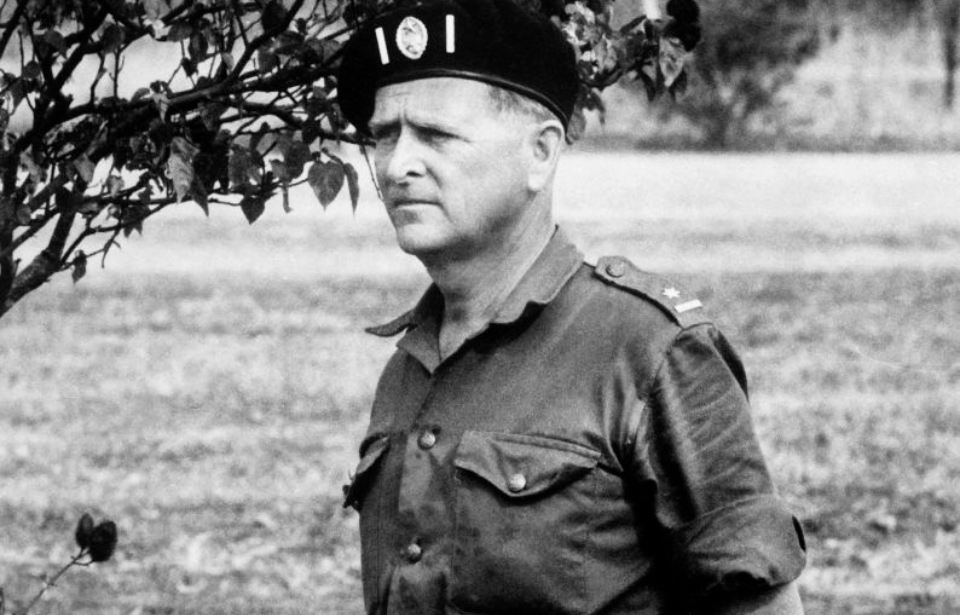Maj. Thomas Michael “Mad Mike” Hoare and four units of mercenaries stormed Stanleyville, the rebel capital in the Republic of the Congo, on November 24, 1964 – but they were too late. The Simba rebels had massacred 27 of the several-hundred hostages they were holding and had wounded many more. Even the 350 elite Belgian paratroopers, who’d dropped on Stanleyville airport early that morning from Lockheed C-130 Hercules transport aircraft, were unable to stop the carnage entirely.
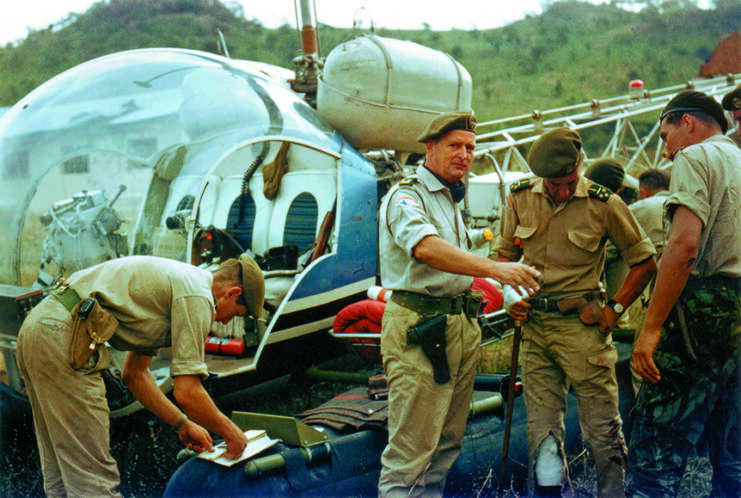
Earlier in 1964, the Communist-backed Simbas had overrun approximately half of the country, and the Congolese government, with the support of the United States and Belgium, had brought in the mercenaries. The government wanted the rebels out; the Americans wanted to secure their source of cobalt, an essential mineral in their race against the USSR to the moon; and, for the Belgians, it would keep their staggeringly wealthy copper mines of Katanga province in operation.
Post-Stanleyville, the mercenaries, also known as the “Wild Geese,” were given an extra task: rescue about 2,000 nuns and priests from depraved captivity. But, tragically, they couldn’t save all of them.
Then, 5 Commando cleared the northeast and north of the country, followed by a successful amphibious attack on the town of Baraka, on Lake Tanganyika, near where, according to their intel, Che Guevara and approximately 110 Cuban revolutionaries were training local rebel units – without success.
By the end of 1965, the fire was out. Hoare, who’d always said he’d gone to the Congo to prevent his children from growing up speaking Russian, had had enough of “the horror” and left.
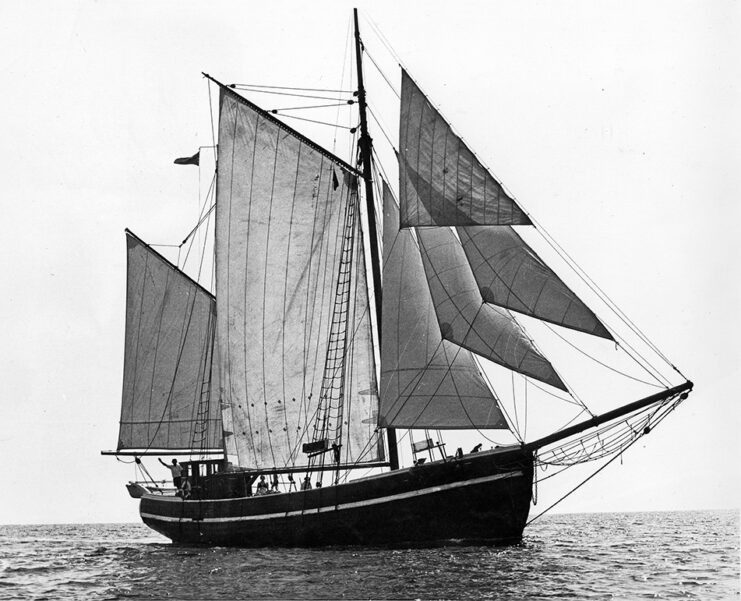
Hoare had been born in India to Irish parents in 1919, but was educated in England, where, during the school holidays, he was left at school in the care of a teacher who’d fought in the Anglo-Boer War of 1899-1902, and who regaled Hoare with stories from that time.
When World War II broke out, Hoare joined the London Irish Rifles (LIR) – the happiest day of his life.
Later, he became an officer, having been identified as a “forceful and aggressive type,” despite his short stature, and was posted to the 2nd Reconnaissance Regiment, Royal Armoured Corps. His unit was sent to India, where, in “2 Div,” he saw action against the Japanese at Kohima and during the Arakan Campaign in Burma. He was demobilized as a major in 1946.
Hoare qualified as a chartered accountant after the conflict and emigrated to South Africa, where he espoused the philosophy that you get more out of life by living dangerously. And, indeed, he traversed Africa south to north on a motorbike in 1953, and east to west in ’54.
Later, he ran safaris in the Kalahari Desert and Okavango Delta in Bechuanaland, and then became a bluewater yachtsman.
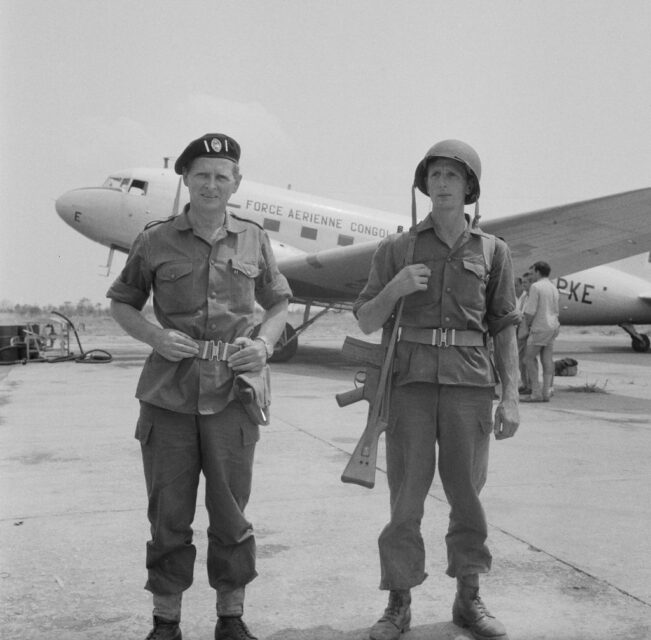
If Hoare had become world famous as a mercenary leader in the Congo, he was soon to become world infamous. In the late 1970s, by now 60 years old, he was approached by a group of Seychellois exiles to help them oust the left-leaning president and reinstate the man they regarded as the rightful president of the Seychelles.
Hoare visited the islands three times and devised a plan, but the problem was the exiles didn’t have enough money and, soon, the South African government stepped in and supplied weapons and a plan: about 55 men posing as beer-drinking rugby enthusiasts called the “Frothblowers” would fly in on a charter aircraft while carrying AK-47s in false-bottom bags. They’d carry out the coup within days.
However, unexpectedly, their aircraft landed at the Comoros on the way to the Seychelles and had taken on a Frenchman who had fruit in his bag. Going through customs upon their arrival in the Seychelles, the fruit was found and the bags of the Frothblowers behind him were searched thoroughly and a weapon was found. A shoot-out raged for a few hours.
In the middle of the chaos, a Bombay-bound Air India Boeing 707 came in to refuel. According to Hoare, the captain, needing to be sure he could take off safely, offered to take the Frothblowers with him. Once they were airborne, the Frothblowers persuaded the captain that Durban, South Africa, would be a better destination.
Ultimately, most of the men were sentenced to six months in jail in South Africa, but Hoare received a 10-year sentence for the hijacking. He was granted a pardon after 33 months and returned to his wife and two teenage boys to write his third book of an eventual seven. He later spent 20 years in France, and 10 in South Africa with his family.
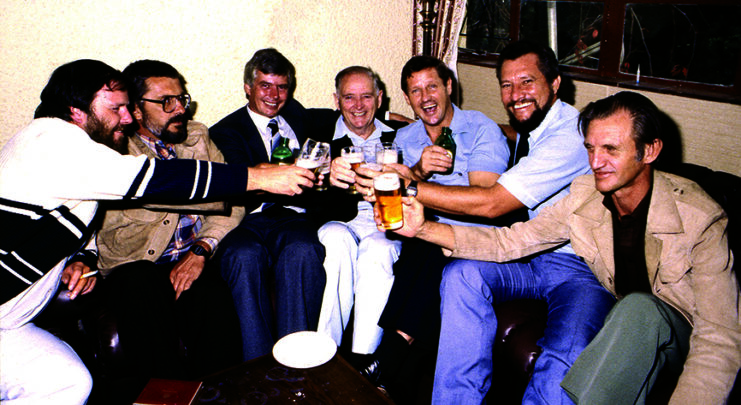
More from us: What Was Happening in Rhodesia Prior to the Outbreak of the Bush War?
Want War History Online‘s content sent directly to your inbox? Sign up for our newsletter here!
Hoare was usually described as “an officer and a gentleman,” or “a legend.” He was extraordinary, polite, conservative, dapper, bright, flirtatious and much more. He set off on his final adventure on February 2, 2020. He had lived dangerously, yet he was 100 years old.
Chris Hoare is the eldest son and biographer of Mike Hoare. He’s spent his whole life in South Africa, apart from a 10-year “gap year” in England and Europe. He has worked as a teacher, journalist, public relations consultant, author and publisher. He is the author of ‘Mad Mike’ Hoare: The Legend, available via Amazon and Books2Read.
Hoare inherited some of his father’s love of adventure, focusing mainly on road trips to campsites in remote spots in southern Africa. He is married and has two adult children.
